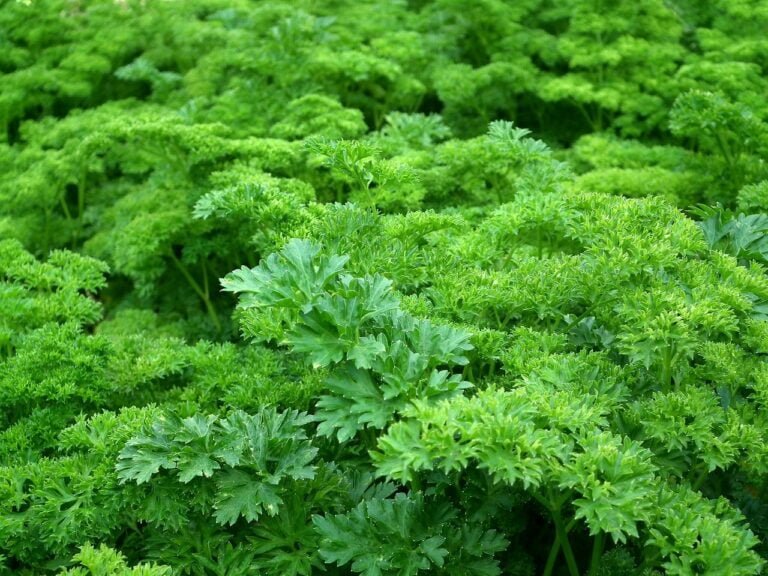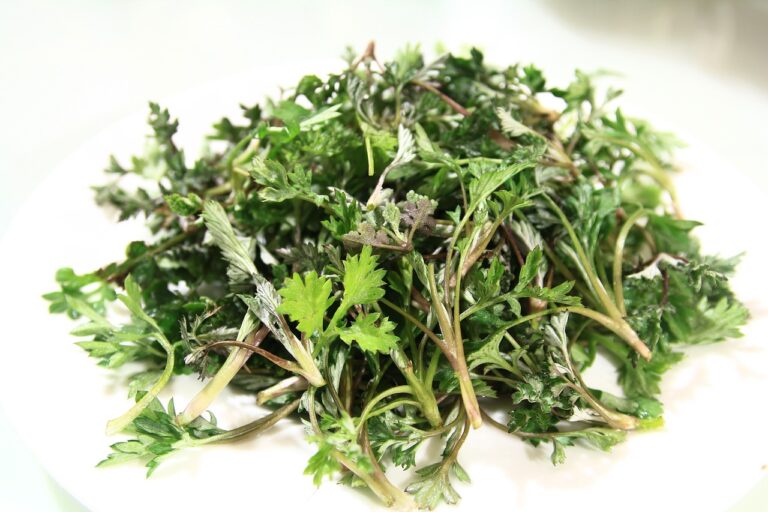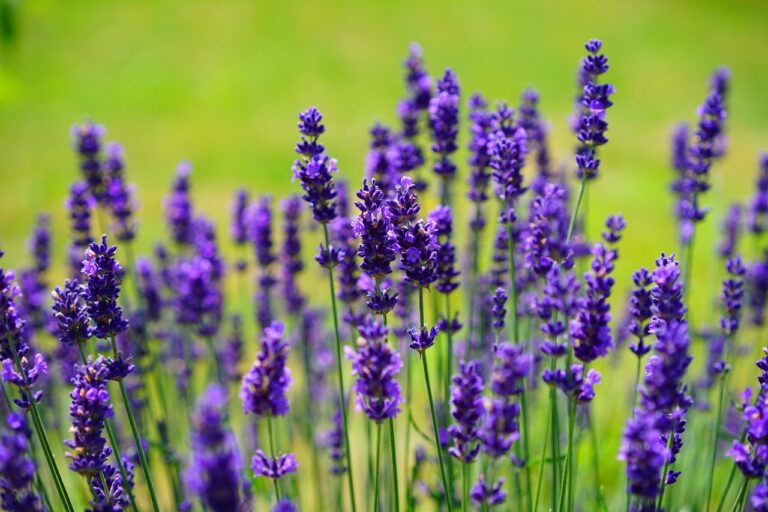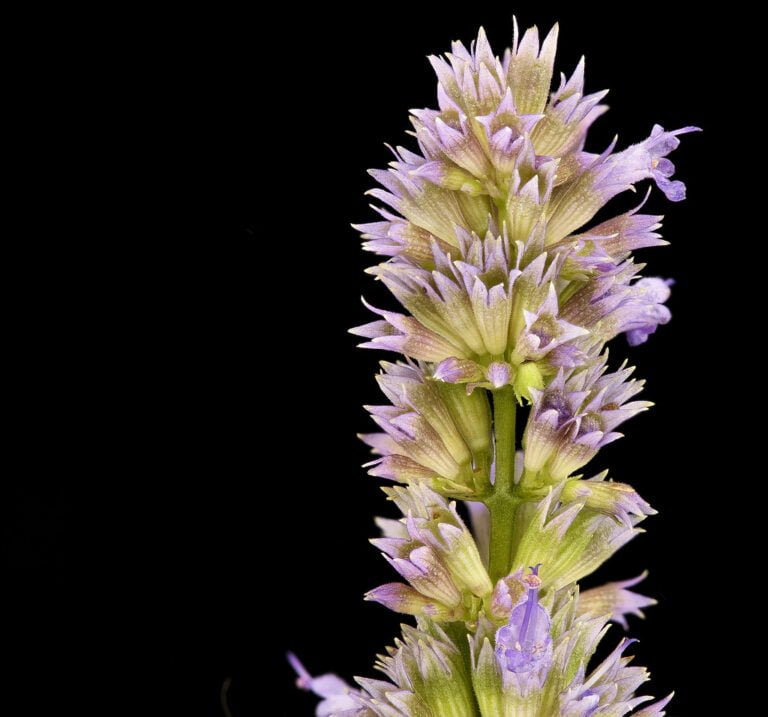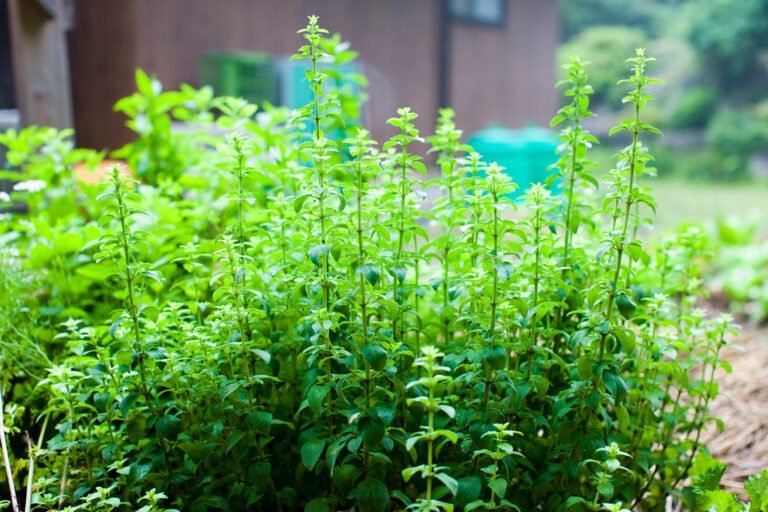Dill
Dill, scientifically Anethum graveolens, is a herb rich in history and significance, originating in ancient civilizations like Egypt and Greece. Belonging to the celery family, it thrives with feathery leaves and umbrella-shaped yellow flowers. Planted in sunny, well-draining soil, dill needs proper spacing and watering. It fertilizes well and attracts beneficial insects. With a warm, slightly sharp taste, dill enriches global cuisines and offers health benefits, aiding digestion and boasting antioxidant properties. Used in pickling and potato salads, dill’s culinary versatility is vast. Learn about its mythical lore, traditional uses, and medicinal properties for a deeper understanding.
Etymology
Having mysterious origins, the etymology of the word ‘dill’ remains a subject of intrigue across various Germanic languages. The term ‘dill’ is prevalent in most Germanic languages, yet its precise origin remains elusive. The Latin genus name for dill, ‘Anethum graveolens,’ sheds some light on its linguistic roots, as ‘Anethum’ is derived from Greek terms for dill and anise. This linguistic connection hints at the historical significance of dill in both ancient Egyptian tombs and Greek civilizations.
The etymology of ‘dill’ is closely intertwined with its historical and culinary uses. Dill’s name likely reflects its ancient reputation as a versatile herb and spice. Throughout history, dill has been valued for its aromatic qualities and culinary applications. The word itself may carry echoes of past cultures where dill played a pivotal role in flavoring foods and even in traditional medicine.
Understanding the etymology of ‘dill’ provides a glimpse into the deep-rooted significance of this herb across different societies and time periods. The linguistic journey of ‘dill’ mirrors its journey through history, from ancient civilizations to modern kitchens, all while retaining its essence as a flavorful and aromatic herb.
Taxonomy
Dill, classified taxonomically as an annual herb within the celery family, originates from regions encompassing North Africa, Iran, and the Arabian Peninsula. Its Latin genus name, Anethum, stems from Greek words denoting dill and anise, reflecting its aromatic qualities. As an annual herb, dill completes its life cycle in a year, characterized by feathery leaves and umbrella-shaped clusters of small yellow flowers that eventually yield the sought-after seeds.
The taxonomical placement of dill highlights its significance in culinary practices across cultures. Its classification underscores the plant’s historical and linguistic connections, as seen in the evolution of its naming conventions from Latin to Western Romance languages. Dill’s taxonomy underscores its importance not only as a flavoring agent but also as a cultural symbol, with its presence in traditional cuisine and medicinal applications.
The leaves of dill are aromatic and are often used fresh or dried to add flavor to various dishes, especially in pickling and fish recipes. The seeds, another prized component, are commonly utilized as a spice, offering a slightly tangy and warm flavor profile. Understanding dill’s taxonomy provides valuable insights into its botanical characteristics and cultural significance, enriching our appreciation for this versatile herb.
Botany
An annual herb belonging to the celery family, dill is characterized by its feathery green leaves and small yellow flowers. Here are some key botanical facts about dill:
- Plant Structure: Dill grows upright, reaching heights of 1.5–5 feet, with slender, hollow stems that support its delicate appearance. The plant’s feathery green leaves are finely divided, giving it a lacy, light texture.
- Seeds: Dill produces small, oval-shaped seeds that are commonly used as a spice in various culinary dishes. These seeds have a strong, distinct flavor that is both pungent and slightly sweet.
- Companion Plant: In gardening, dill is often used as a companion plant due to its ability to attract beneficial insects like black swallowtail caterpillars. These caterpillars feed on dill, making it a valuable addition to butterfly gardens and promoting biodiversity.
- Herbs and Spices: Dill is a popular herb in the world of spices, known for its unique taste and aroma. It is used in various cuisines globally, adding a invigorating and tangy flavor to dishes ranging from pickles to soups and salads.
Understanding the botanical characteristics of dill provides valuable insights into its cultivation, culinary uses, and ecological role as a companion plant.
Cultivation
Cultivating dill involves providing the right conditions for this aromatic herb to thrive and produce its distinctive leaves, flowers, and seeds. Planting dill seeds should be done directly in the garden as they do not transplant well due to their long taproot. Dill plants require well-draining soil with a pH between 5.5 and 6.5 and full sun for best growth. Adequate spacing of around 12 to 24 inches between plants is vital to allow for proper air circulation.
Watering dill plants regularly is important, especially during dry periods, to prevent the soil from drying out completely. However, it is crucial to avoid overwatering as dill is susceptible to root rot. Fertilizing dill with a balanced fertilizer once a month can promote healthy growth, but be cautious not to over-fertilize, as this can lead to excessive foliage with reduced flavor concentration.
Harvesting dill leaves should be done before the plant flowers for the best flavor. The flower heads can also be harvested once they have developed fully to collect dill seeds, which can be used as a spice. Properly dried dill seeds can be stored in airtight containers for later culinary use, ensuring a fresh and flavorful addition to various dishes.
History
I will now investigate the historical origins, culinary uses, and health benefits of dill. Its presence in ancient Egyptian tombs and Greek civilizations from the 7th century BC offers insight into its early significance. Additionally, the mythical connection of a young man turning into the dill plant adds an intriguing dimension to its history.
Origin of Dill
With roots dating back to ancient civilizations such as Egypt and Greece, dill’s origin is steeped in historical significance and cultural relevance. Here are some key points about the origin of dill:
- Dill weed has been discovered in ancient Egyptian tombs from around 1400 BC, showcasing its historical significance in early civilizations.
- Historical records indicate dill’s presence in ancient Greek civilizations dating back to the 7th century BC, highlighting its longstanding use and importance.
- Greek mythology includes a story where a young man named Anethus transforms into the dill plant, linking dill to ancient myths and legends.
- The widespread use of dill is evident in writings from ancient times, demonstrating its popularity and importance across various ancient cultures and regions.
Culinary Uses of Dill
Dating back to ancient civilizations like Egypt and Greece, dill’s culinary uses have left a delicious mark on global cuisine throughout history. This fragrant herb is widely utilized in European dishes such as Tarator in Bulgaria, sauces in Hungary, salads in Greece, and cucumber salad in Romania. In Sweden, dill enriches fish dishes like dillkött. Dill is used fresh in many European countries but can also be dried for prolonged use. Its seeds are particularly valued in pickling and seasoning. Beyond Europe, dill’s culinary presence extends to India, China, Taiwan, Vietnam, the Arab world, Israel, and Egypt, where it imparts unique flavors to various traditional recipes. The versatility and distinctive taste of dill make it a beloved herb in diverse culinary traditions.
Health Benefits of Dill
Historically, dill has been recognized for its medicinal properties, particularly in aiding digestive health through its carminative effects and essential oil content. The health benefits of dill include:
- Carminative Properties: Dill has been historically used to treat flatulent colic due to its carminative properties.
- Essential Oil Content: Dill’s essential oil content, around 3%, contains carvone as the main component.
- Traditional Medicine: Over time, traditional medicine has utilized dill for various health purposes.
- Digestive Health: Dill seeds are known for their carminative properties, aiding in digestive health. The medicinal properties of dill also extend to treating flatulent colic and other digestive issues.
Culinary
When considering dill in culinary applications, its distinct flavor profile is a key point of interest. Dill imparts a fresh, slightly sweet taste with hints of anise and citrus notes. This herb’s compatibility with a range of ingredients makes it a versatile addition to recipes, enhancing the overall taste experience.
Dill in Recipes
What role does dill play in enriching the flavor profiles of various culinary dishes? Dill is a versatile herb that can be used in a variety of dishes to add a invigorating and slightly tangy flavor. When incorporated into recipes, dill can greatly improve the overall taste experience. Here are four common uses of dill in culinary creations:
- Dill Leaves: Fresh dill leaves are often used to garnish dishes like salads, soups, and seafood, imparting a burst of invigoration to the dish.
- Dill Pickles: Dill is a key ingredient in pickling solutions, infusing the pickles with its distinct flavor and aroma.
- Potato Salad: Dill is a popular addition to potato salad, providing a unique and flavorful twist to this classic dish.
- Uses of Dill: Dill can be used either fresh or dried, depending on the recipe, with both forms offering their own nuanced flavor profiles to the dish.
Flavor Profile of Dill
Dill’s culinary flavor profile exhibits a warm and slightly sharp taste reminiscent of caraway, complemented by subtle anise-like licorice notes, making it a versatile herb in enhancing various dishes. Fresh dill, with its vibrant green leaves and delicate stems, is often used to add a burst of flavor to recipes like potato salads, soups, and fish dishes. The seeds of the dill plant are also used, offering a more intense flavor profile compared to the leaves. Its aromatic and slightly citrusy undertones make it a popular choice in Eastern European and Scandinavian cuisine. The essential oil content of dill, primarily carvone, contributes to its unique taste, enhancing the overall culinary experience when incorporated into different culinary creations.

